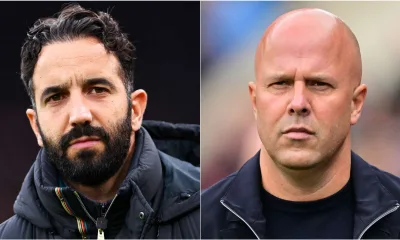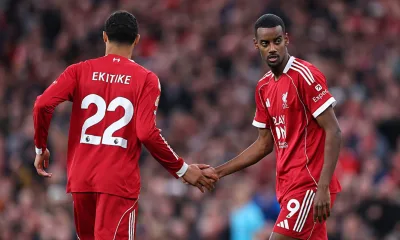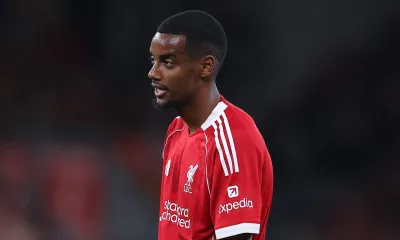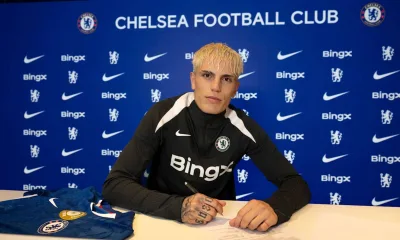Analytics & Stats
Liverpool’s 2025 Summer Window: Costly, Comprehensive and Immediately Impactful
Liverpool spent a record £446.5m in the 2025 summer window and reshaped their title squad and depth
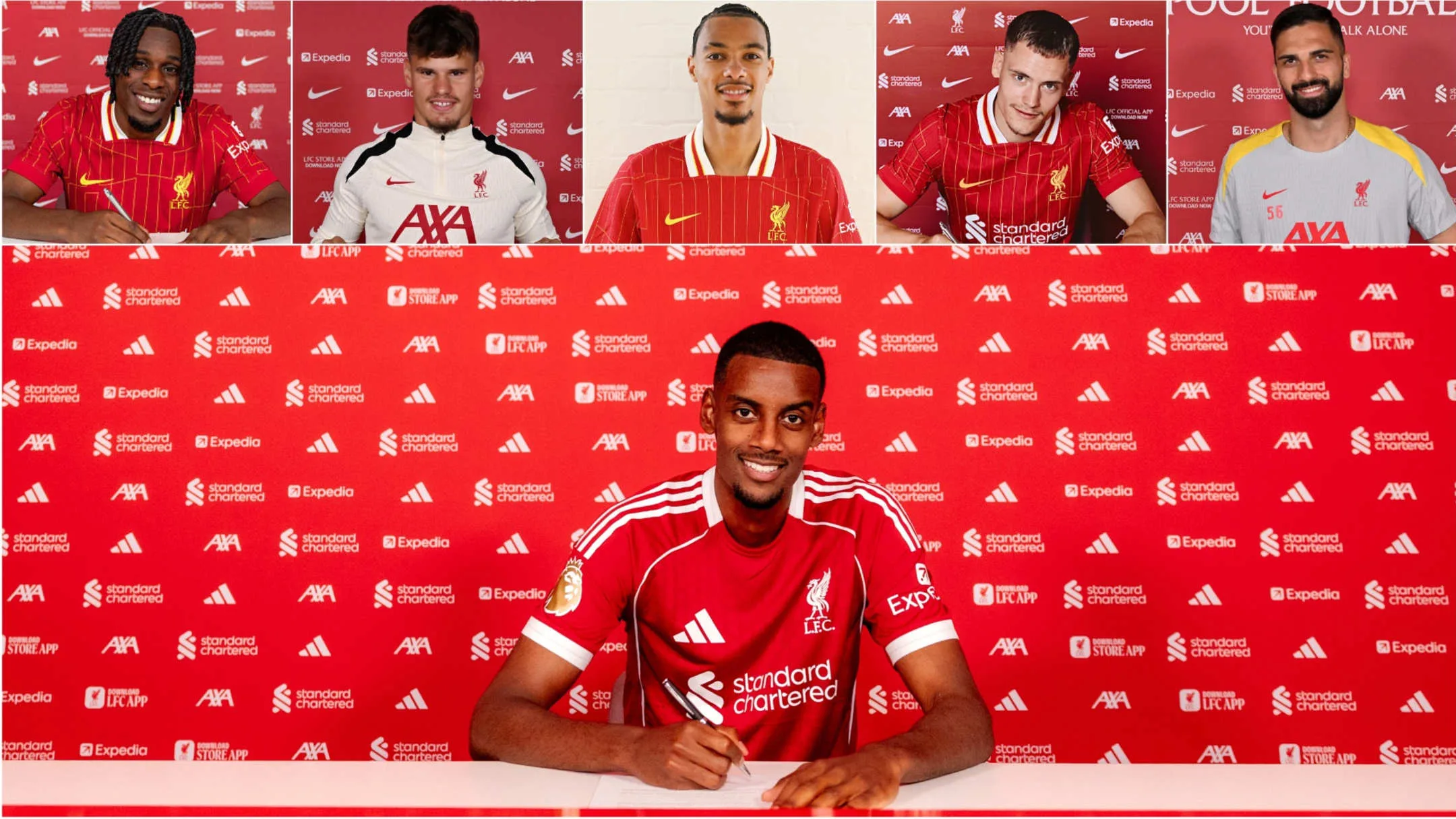
Few supporters expected the scale of Liverpool’s 2025 summer spending. The club posted a Premier League record outlay of £446.5 million and offset a portion of that with a string of sales as they prepared to defend the title. The window blended headline acquisitions with targeted squad depth.
Alexander Isak was the marquee arrival. His £125 million move on deadline day closed a prolonged pursuit after confrontations with his former club. The 25-year-old arrives having scored 52 times across the last two seasons on Tyneside and offers an immediate upgrade up front. Hugo Ekitiké, signed for £79 million from Eintracht Frankfurt, has begun life on Merseyside quickly, but Isak is presented as the more immediate solution at centre forward.
Florian Wirtz’s decision to join Liverpool, turning down interest from other major clubs, was another statement. Liverpool paid a then club record £116 million to secure the 22-year-old and signalled a shift from their recent transfer model.
Defensive additions included Giovanni Leoni, an 18-year-old centre back acquired for £26 million after 30 senior appearances in Italy. That fee for a young defender was described in the original coverage as a gamble, albeit one supported by Serie A observers. Fullback options were strengthened with Milos Kerkez (£40 million) and Jeremie Frimpong (£29.5 million), while Giorgi Mamardashvili joined for £29 million.
Luis Díaz was the most notable departure, sold to Bayern Munich for £65.5 million after scoring 13 Premier League goals and registering five assists in the previous campaign. Other sales and loans, including Darwin Núñez to Al Hilal and Jarell Quansah to Bayer Leverkusen, helped recoup funds. Liverpool did not finish top for net spend; that distinction went to Arsenal.
There is a clear risk-reward balance. The recruitment has added depth where needed and upgraded first-team options, and Liverpool opened the Premier League season with eight goals in three matches. Whether the heavy investment proves sustainable will be judged across the 2025/26 campaign.
Analytics & Stats
Fernandes at 300: How His Manchester United Record Stacks Up to Ronaldo’s
Bruno Fernandes reached 300 Manchester United games; his statistics now invite comparison to Ronaldo
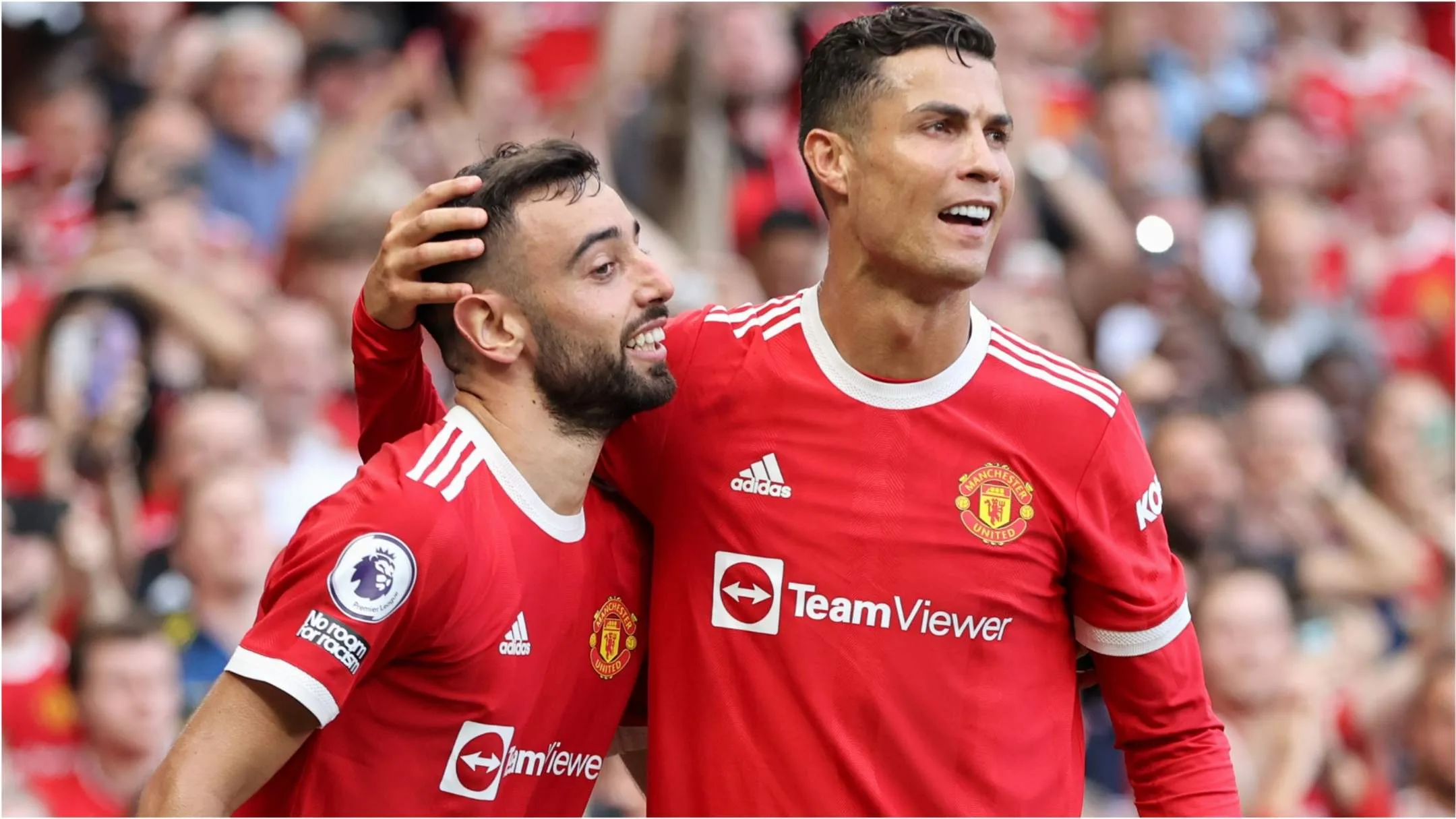
Bruno Fernandes made his 300th appearance for Manchester United in the weekend 4-2 win over Brighton & Hove Albion, becoming only the second Portuguese player for the club to reach that mark after Cristiano Ronaldo. The pair spent 18 months together at Old Trafford following Ronaldo’s return in 2021, and while their on-field relationship provoked debate at times, they remain close off the pitch. “I spoke with Cristiano about the situation, Saudi and everything,” Fernandes recently admitted.
Fernandes chose to stay at United rather than leave and that decision brought an inevitable milestone in 2025–26. He is the 52nd player in club history to reach 300 games, a total he amassed quickly thanks to a strong injury record. At his current rate, the midfielder “will soon top Ronaldo’s haul of 346 United games,” a comparison that has prompted analysis of their respective records.
The statistical picture is mixed. Both players reached 300 appearances, but Fernandes has more starts (284) than Ronaldo had at that point (250). Ronaldo scored 124 goals in his first 300 United matches, 50 of which came from the bench, while Fernandes has 100 goals and 87 assists, giving him 20 more assists than Ronaldo’s 67.
Minutes-based metrics favour Ronaldo. Fernandes averages 255 minutes per goal compared to Ronaldo’s 185.3, and Fernandes records a goal contribution every 136.4 minutes against Ronaldo’s 120.3. Ronaldo’s first 300 appearances included major trophies: three Premier League titles and both domestic cups. Fernandes has also contributed to silverware, lifting the EFL Cup and FA Cup under Erik ten Hag, both victories arriving after Ronaldo’s move to Al Nassr at the end of 2022.
Ronaldo’s pathway included extended success at Real Madrid and Juventus between his United spells, and his 300th United appearance came 14 years after his 200th. Fernandes has matched the milestone in a different context: often carrying a team that has not always matched Ronaldo’s collective achievements.
Analytics & Stats
Opta’s Model Makes Arsenal Early Favourites in 2025–26 Title Race
Opta predicts Arsenal as favourites after nine matches; Man City and Liverpool trail in simulations.
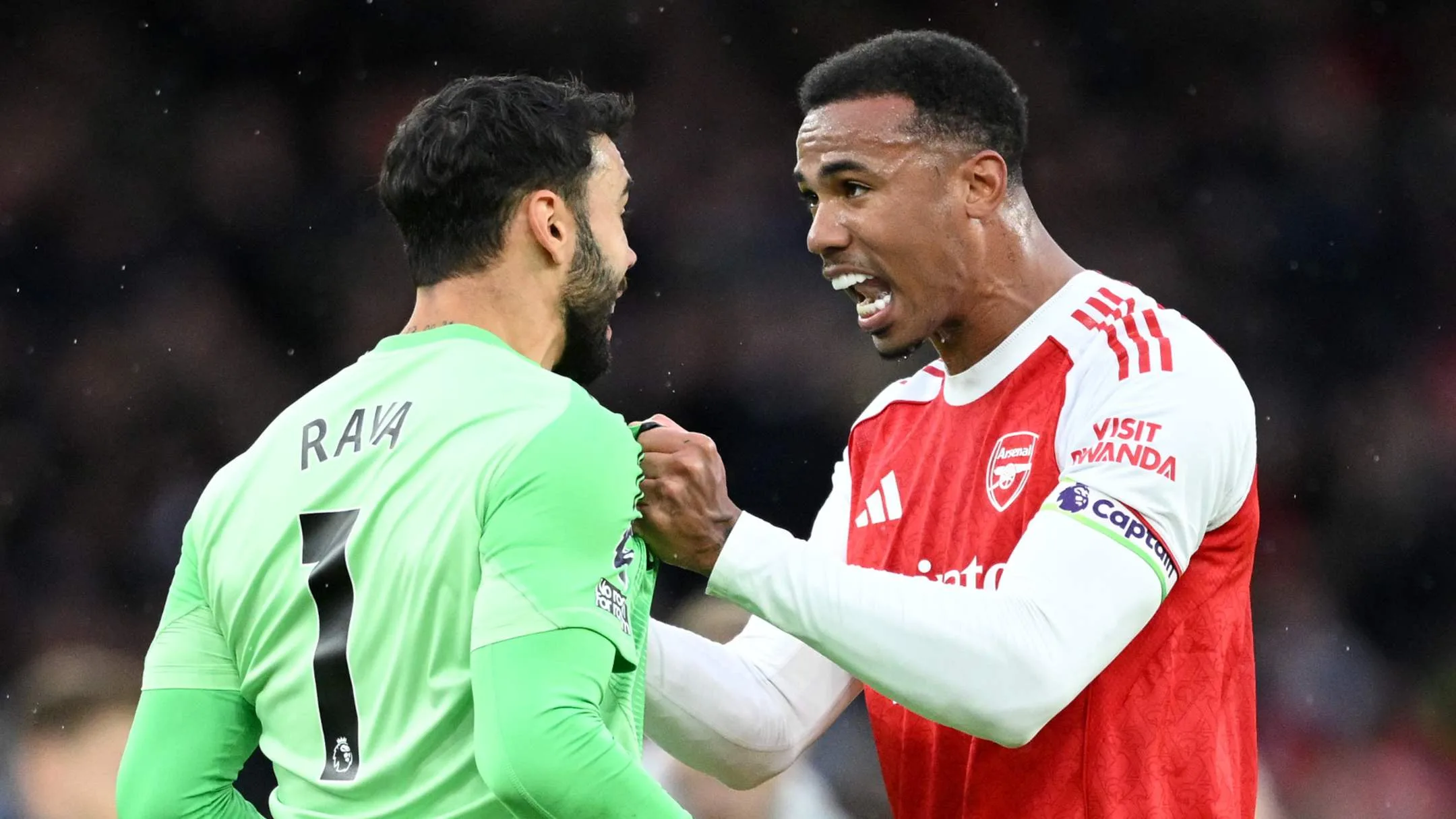
After nine matches Arsenal sit four points clear at the top and Opta’s supercomputer now makes them the probable champions. “It’s very early,” Mikel Arteta told everyone who was willing to listen after Arsenal opened up a four-point lead at the Premier League summit on Sunday. The model weighs historical quirks — none of the last six teams to top the table after nine matches have finished first, Liverpool the most recent in 2019 — alongside a wide range of current data.
Arsenal’s defensive form impressed at the Emirates. David Raya was forced into his first Premier League save since September by Crystal Palace, yet the Eagles could only manage one shot on target. Arsenal themselves had just one goal-bound effort, but Eberechi Eze’s volley supplied the decisive finish. As both Arteta and Jurriën Timber stressed postgame, the Gunners have “a lot” that can be improved. Opta’s 10,000 simulations return Arsenal as champions two-thirds of the time, represented in the model by a 66.35% chance of winning the title.
Manchester City and Liverpool are projected to chase but trail in probability. Opta gives Man City a 14.33% title chance and Liverpool 11.43%. Chelsea (1.77%), Aston Villa (1.14%) and Bournemouth (1.10%) are all long shots by comparison. Bournemouth finished the weekend in second in the table, and their manager reflected caution: “It’s definitely a very good start, but it’s just a start,” Andoni Iraola said.
The supercomputer’s season projections extend beyond the top three. Opta’s predicted top 10 by points lists Arsenal on 80.02, Man City 70.27, Liverpool 69.25, Chelsea 60.20, Aston Villa 59.22, Bournemouth 58.87, Newcastle 58.45, Crystal Palace 57.27, Man Utd 56.76 and Spurs 56.20.
Manchester United began the campaign with low expectations from the model, which originally forecast a 12th-place finish, yet they have since won three in a row after heavy recruitment. Opta still expects United to finish ninth, and their manager cautioned that fortunes can change quickly: “Three weeks ago, things looked very different, and it can change again just as quickly.”
Analytics & Stats
Slot: Why Salah’s 2025/26 Slump May Trace Back to Alexander-Arnold’s Exit
Slot links Alexander-Arnold exit to Salah’s dip in form, urging new connections and goals. this year
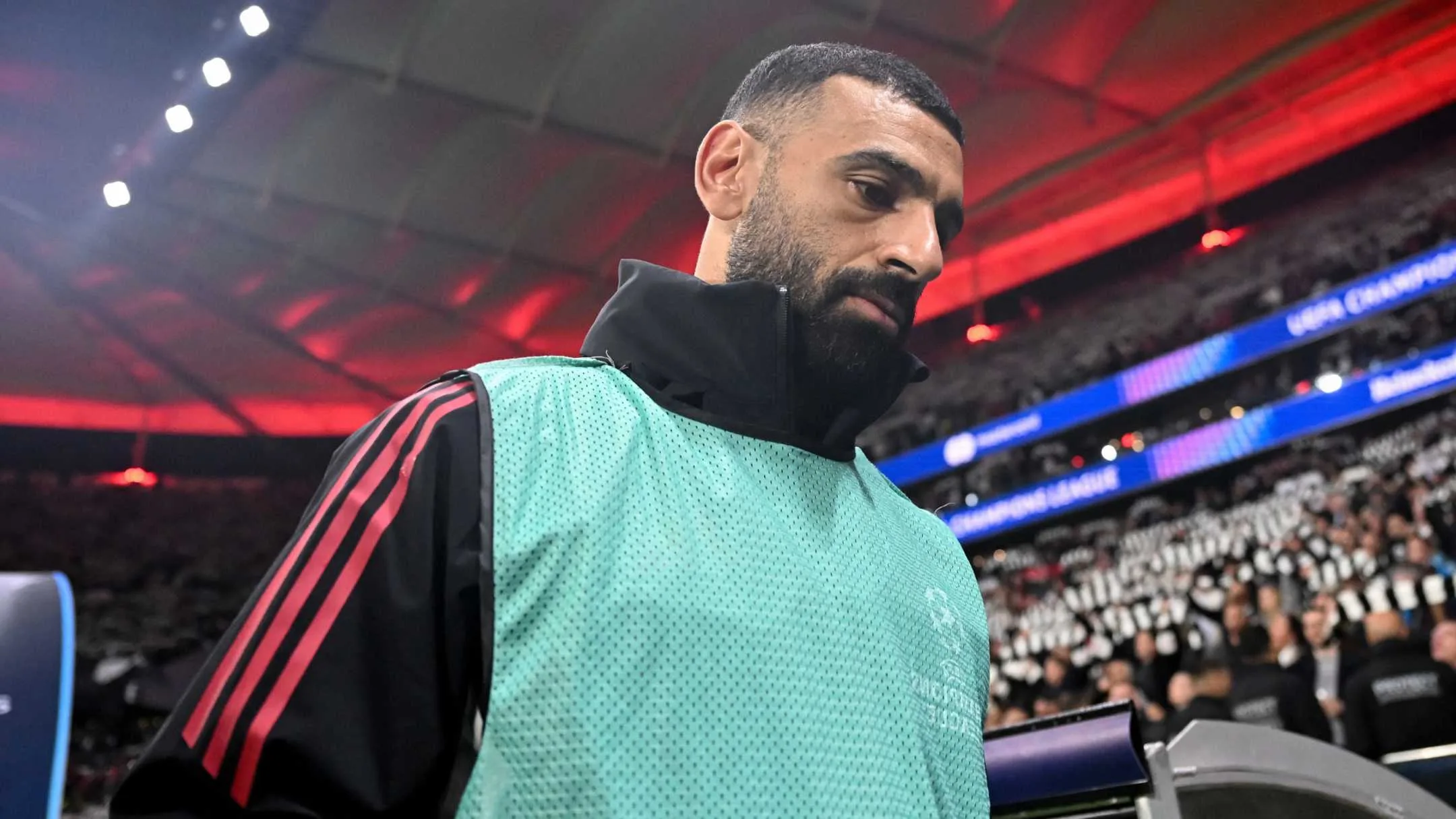
Arne Slot has suggested a clear link between Liverpool’s summer changes and Mohamed Salah’s sharp reduction in attacking output this season. Salah arrives at Saturday’s trip to Brentford without a non-penalty goal in any of his previous seven Premier League appearances, the worst run of his Liverpool career, per Opta.
Opponents have openly targeted the winger, sensing he is less likely to track back and that Liverpool are less dangerous in transition. When asked whether the absence of Trent Alexander-Arnold, who left Liverpool for Real Madrid in June, had affected Salah, Slot offered a cautious acknowledgement. “Maybe his whole Liverpool [career] he played with Trent, so it could [be that],” he said. “But he’s been in promising positions often enough to score goals, maybe with Trent even more. But in general, if you have quite a few changes in the summer you have to find new connections. Mo is no exception to this.”
Every key attacking metric for Salah has declined from 2024–25 to 2025–26: goals (0.77 to 0.25), xG (0.68 to 0.30), shots (3.46 to 1.89), shots on target (1.64 to 0.76), touches in the opposition box (10.5 to 6.2), assists (0.48 to 0.25) and chances created (2.37 to 2.02). Stats provided by Opta. Correct as of Oct. 24, 2025.
Last season Alexander-Arnold delivered 147 line-breaking passes to Salah in the Premier League, a total that outstripped any other pairing in the division. Without that supply, Salah has struggled to forge a consistent rapport with a rotating line of right-backs this term.
Slot remains confident in Salah’s quality. “The way he trains, and when we do finishing drills, you cannot lose that,” he insisted. “The only thing is we have to keep bringing him into those positions and he has to bring himself into those positions.
Benchings in Europe have been a recent development. After a limp defeat to Galatasaray at the end of September, Liverpool produced a new-look frontline and romped to a 5–1 win over Eintracht Frankfurt with Cody Gakpo and Florian Wirtz flanking an Ekitiké-Alexander Isak double act. Slot said Salah was unhappy at being left out but viewed that reaction positively. “I hope he is not ever going to take it well, because the moment you are going to take it well then you miss the fire,” he argued.


